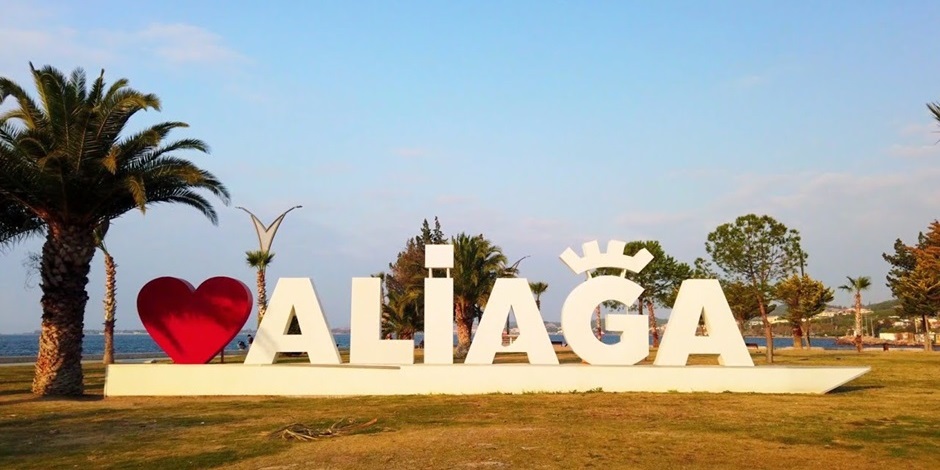After the Ionian Migration, Greek colonies were established in Eolia and Ionia.
When Anatolia was invaded by the Persians, most of these cities came under Persian sovereignty.
After Alexander the Great put an end to the Persian sovereignty in 312 BC, most of these cities came under Macedonian sovereignty. After the death of Alexander, the region where Aliağa is located came under the sovereignty of the Pergamon Kingdom. Upon the will of Pergamon King Attalos III, the Romans dominated here. After Rome was divided into two, the region came under Byzantine sovereignty and was subjected to Arab raids. During the reign of Emperor Leon II, an agreement was made with the Arabs and the region between Izmir and Bergama was left to the Arabs, but when the Arab siege of Istanbul failed, the Arabs withdrew from Anatolia.
Sultan Murat IV brought with him the people who helped him during the Baghdad expedition and gave some of these people lands in Western Anatolia. One of them, Abdulkerim Aga, was given the Aliaga region. After the death of Abdulkerim Aga, his lands were divided among his sons and today's Aliaga region was left to Çelebi Bey and Ali Aga. Ali Aga established a large farm here and the region became known as "Aliaga".
Source: izmir.ktb.gov.tr

